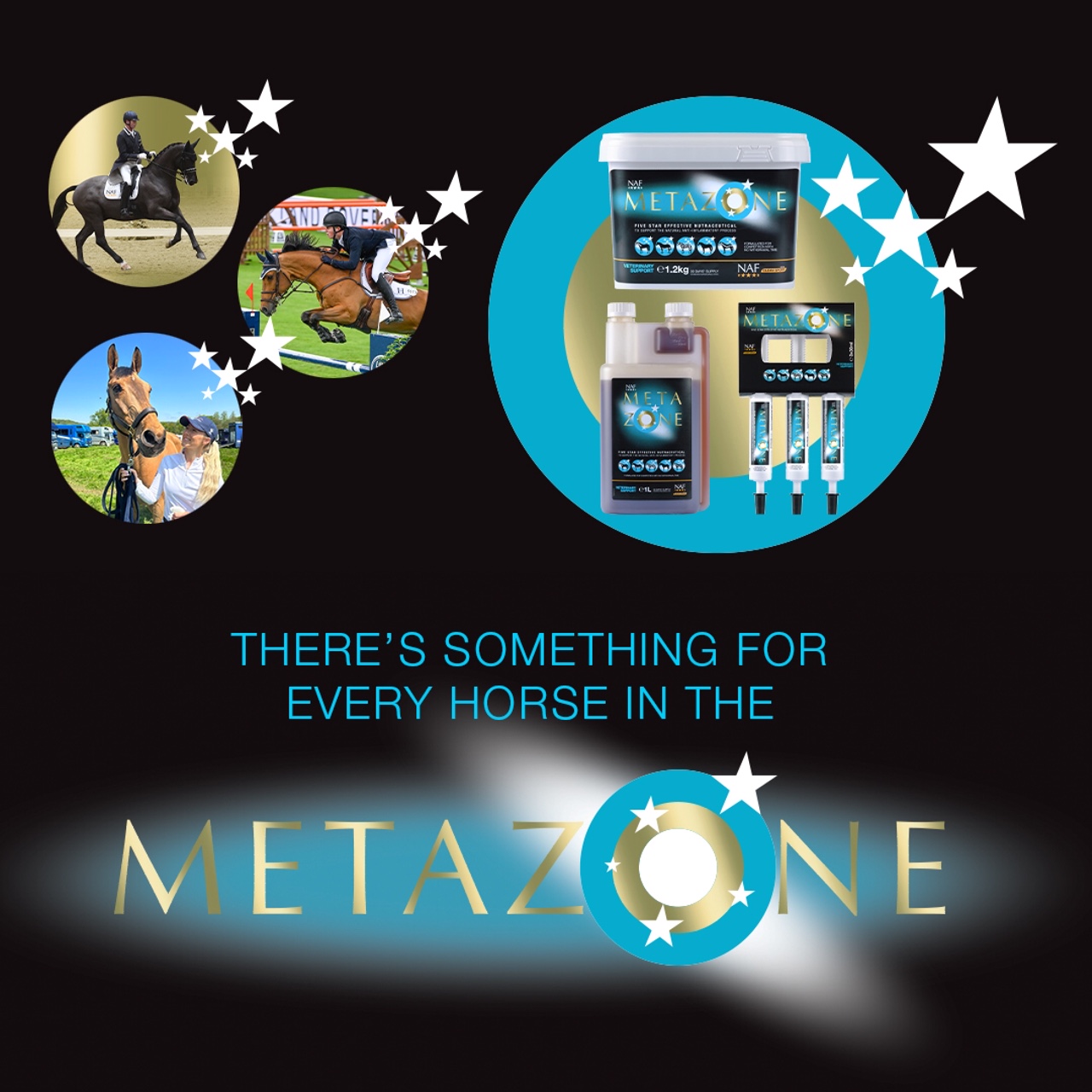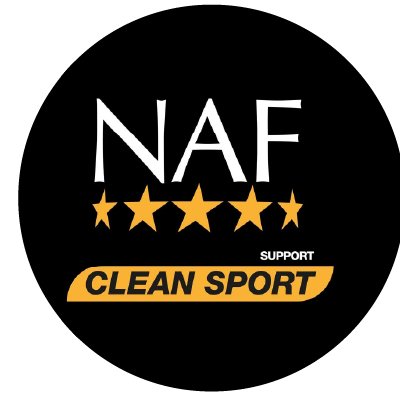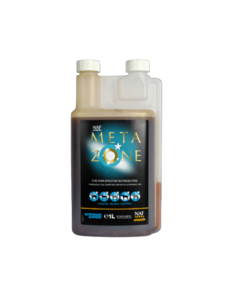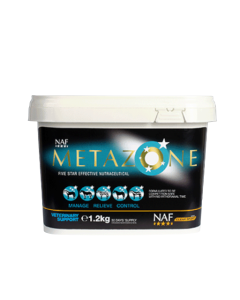As riders, we ask horses to do a job that involves coordinated movement of the musculoskeletal system and therefore a degree of fitness. Of course, different disciplines will involve different degrees of exercise intensity. However, whenever we ask a horse to carry us it is important to consider how best to train, maintain fitness and reduce unwanted injury or soreness.
All disciplines – from hacking and schooling all the way up to the ultimate tests of equine athleticism in elite competitions require the musculoskeletal system to function effectively.
Equine Musculoskeletal System
The equine musculoskeletal system is made up of over 200 bones and 700 muscles. Tendons attach muscles to bone and ligaments attach bones to one another.
There are 2 main types of muscle in the horse’s body, as there are with us – skeletal (striated) and smooth muscle. Skeletal muscles respond to messages sent from the brain via nerve impulses, they can be actively controlled and coordinated to move body parts - for example limb movement, chewing or tail swishing. Over 50% of the body mass of athletic horses comes from skeletal muscle – so a fit competition horse can easily have over 250kg of lean muscle mass as part of its body weight.
Smooth muscle contracts in a much slower fashion and is involuntary, in other words there is no active control of its movement. An example would be the smooth muscle in the wall of the intestines that controls the passage of food through the gut.
Training
Training should start by achieving a base level of fitness that builds up core muscle fibres as a response to long but controlled exercise at a low to moderate intensity. Examples would be walker exercise or hacking, working up to a 45 minute trotting hack. This will allow muscle to develop and act as a base for the faster work that can be worked on later on in a training programme. Low intensity training such as hacking should be done for at least 4 weeks in an unfit horse before starting to introduce exercise that will develop muscle mass and fast twitch fibres.
'Gym' work in horses would include shorter bursts of canter or gallop, in combination with collected movement, lateral work, pole work, small obstacles and cavaletti exercises.
For most horses, the key is achieving balanced muscle development. All areas of the body should be worked on, with a combination of low intensity stamina work and higher intensity exercise. This is common sense but is also backed up by science, with studies showing how muscle development and growth are best established with a combination of maintenance training and bouts of intense exercising¹.
Ideally, try and train on a variety of surfaces – road work, schooling and on the grass if possible. Avoid extremes of ground other than low intensity work on the roads.
Most horses enjoy exercise but variety is essential to keep their brains fit and healthy. Repetition of the same work will not only limit the degree of muscular development and fitness; it can also become quite tiresome and lead to behavioural issues. It is therefore a good idea to keep the exercise programme varied.


How much rest?
There is no 'one size fits all' answer to this. The amount of rest your horse should get between exercise sessions depends on the intensity of the exercise and their level of fitness.
It is important to say however that low intensity exercise is normally beneficial every day, rather than complete 'rest'. This may be as simple as turnout or walker/walking hack the day after intense exercise.
Box rest is rarely beneficial, unless specifically advised by your vet for a particular reason.
Post Exercise
It is important to recognise that the process of muscle breakdown and repair is a normal adaptive response to training. This process can lead to inflammation or stiffness after exercise. In humans, this post-exercise muscle stress is now known to be the result of tiny microscopic tears in muscles cells. This happens when doing an activity that the muscles aren't used to doing or have done it in a more strenuous way than they are used to.
In practice, avoiding any post exercise muscle soreness in a training programme may be unavoidable, as exercise intensity and duration increases. Horses, like us, are far from being machines, so there is fine balance between a programme that gets a horse fit for purpose without some post exercise muscle discomfort. Exercise will also lead to a process of muscle cell changes caused by oxidative stress. This is an inflammatory process and recovery from oxidative stress is key to allow for muscle cell repair and growth. Antioxidants, as found in NAF Five Star Metazone, are compounds that help the body’s own recovery and repair of muscle cells following periods of intense exercise. Antioxidant supplementation can help protect against excessive oxidative stress and support muscle repair after exercise.
Tips to Build Fitness
- Increase exercise amount and intensity gradually
- Vary exercise and surfaces if possible
- Feed NAF Five Star Metazone antioxidant support for equine athletes
References:
Rivero, J.-L.L. et al. (2007) 'Effects of intensity and duration of exercise on muscular responses to training of thoroughbred racehorses'. Journal of Applied Physiology 102(5), pp. 1871–1882.
Wijnberg, I. D., van Dam, K. G., Graaf-Roelfsema, E. de, Keizer, H. A., van Ginneken, M. M. E., Barneveld, A., Breda, E. van, & van der Kolk, J. H. (2008). '(Over)training effects on quantitative electromyography
and muscle enzyme activities in standardbred horses.' Journal of Applied Physiology, 105(6), 1746–1753.













